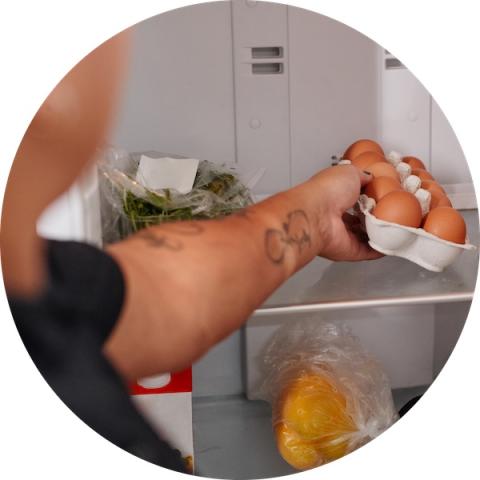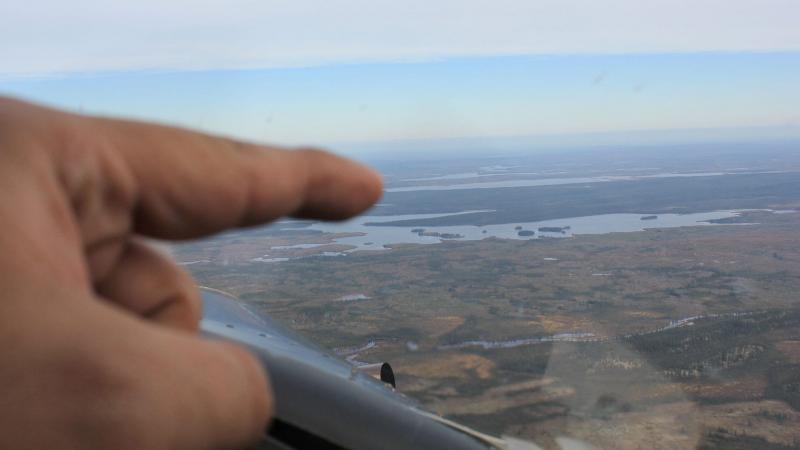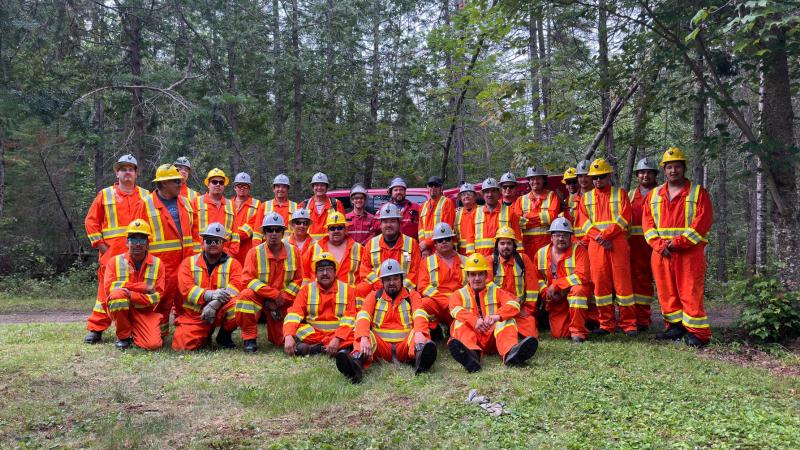Food Safety: How to transport food safely
It's important to know how to plan, prepare, protect and preserve food supplies for safe transportation.
Plan ahead and follow basic recommendations to make sure traditional food and other groceries are protected and preserved during travel, whether it’s a long or short distance.
Transporting foods for more than 30 minutes
Did you know?
Any foods which are transported for more than 30 minutes should be kept in a cooler with icepacks or ice.

Transporting your own food
Make sure you have enough sealable food containers, cool boxes or cool bags and ice packs before you travel.
- All foods should be sealed in a waterproof container
- Use large Ziplock plastic food bags, clean waterproof containers with lids and placed upright so no ice or melted water can contaminate foods or food boxes.
- Place like foods with like. Ex: Fresh fruits and vegetables together, dairy together, meats separate from ready to eat foods preferably, in case of leakage of juices or blood.
- Frozen foods should be kept together, to maximize cold.
- Meats, poultry, fish and seafoods should be kept sealed at the bottom of the cooler if only one cooler used.
- This will help for contaminations in case of leakage of products to stay at the bottom and not leak on other foods in cooler.
- All bags, containers, Ziplock can be re-used but should be washed and disinfected well and airdried for future uses.
- If bags are not re-used, please recycle appropriately where facilities exist.
- Coolers should be washed (inside and out, handles, bottom) after use with warm water and soap, disinfected with a mild bleach solution and air dried.
Transporting frozen meat
Recommended packing for traditional food
- Meats should be wrapped in butcher paper, then vacuum sealed preferably or put into a waterproof wrapping.
- Transport of meats should ideally be done in a frozen state .
Recommended packing for store-bought meat
- Place in waterproof sealed bags or clean containers.
How often to change ice
- Coolers should be drained regularly and topped up with fresh ice packs or ice bags. Ice should not touch foods or food boxes and packaging directly, as it can deteriorate the integrity of the packaging ( cause holes, rips, seepage, contaminations)
- As a rule of thumb, check your coolers at each pit stop for gas. Add ice bags when needed after draining your coolers.
- Full coolers can keep cold up to 24 hrs. A cooler for drinks and foods being eaten on the road where the cooler will be opened often during the trip should be separate from the food transport cooler.
- Keep coolers out of direct heat or the sun.
Transporting fresh meat
- Keep cold under 4C.
- Monitor temperature of foods with a thermometer kept inside the cooler.

Transporting other frozen foods
- Keep under -18C
- Monitor temperature of foods with a thermometer kept inside the cooler
Transporting other perishable foods
- Keep cold under 4C (dairy, eggs, RTE foods)
- Fresh fruits and vegetables can be kept at room temperature during short trips.
- For convenience foods like restaurant chain bought fried chicken, submarine sandwiches, burgers, etc : keep all foods in a sealed container or bag and in refrigerated storage in cooler all along the trip before transferring to a fridge.

What to do when you arrive at your destination
- Inspect for any damage or contamination. Drain the cooler and add ice .
- If there's a fridge at your destination, transfer the food immediately.
- If there isn't a fridge, plan to eat any perishable items when you arrive.
- or keep them in cooler filled with ice, monitor temperature with a thermometer. Frozen foods may start to thaw.
- Conduct regular audits of cleanliness and food safety of the distributor's delivery truck (clean, no splatters, liquids, blood, dust, dirt, grease on floor and walls).
- Ensure that the delivery truck has a refrigerated and frozen compartment to keep fresh foods cold (4C and less), and frozen foods in a frozen state ( -18C and less).
- Chemicals, soaps, detergents, cleaning products, high fragrance items should not be packed near foods. Smells can transfer and chemicals can contaminate the foods.
- Ask your delivery company what their quality assurance measures are for ensuring the best product quality for your deliveries. Engage in communications with your suppliers to help rectify the problems you encounter.
- If you are not satisfied with the state of foods at receiving, do not accept the order, or ask for a credit.
- Do not use foods which you have questions about their safety or what happened to them along the way to your business or foodservice.

Check food for signs of going bad, even if it was stored in the fridge and there were no power outages at your home.

Being out on the land is a good place to be. But even in the bush, we can still be at risk of getting sick.

Information on wildfires, evacuations, smoke, and air quality. Updated daily.


